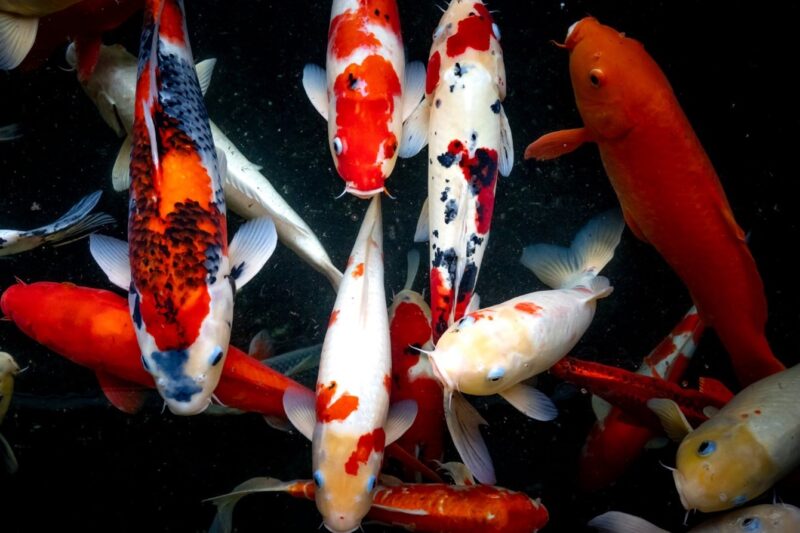How to Value Koi For Insurance Payout? Having koi fish in your homemade koi pond that pace here and there in it definitely adds a luscious beauty to your ponds. However, having koi fish in your artificial pond demands extra care on your part. This care can be in the form of some extra dollars out of your pocket. Lucky for you, koi fish can be insured to save you from hefty bills that come with caring for them.
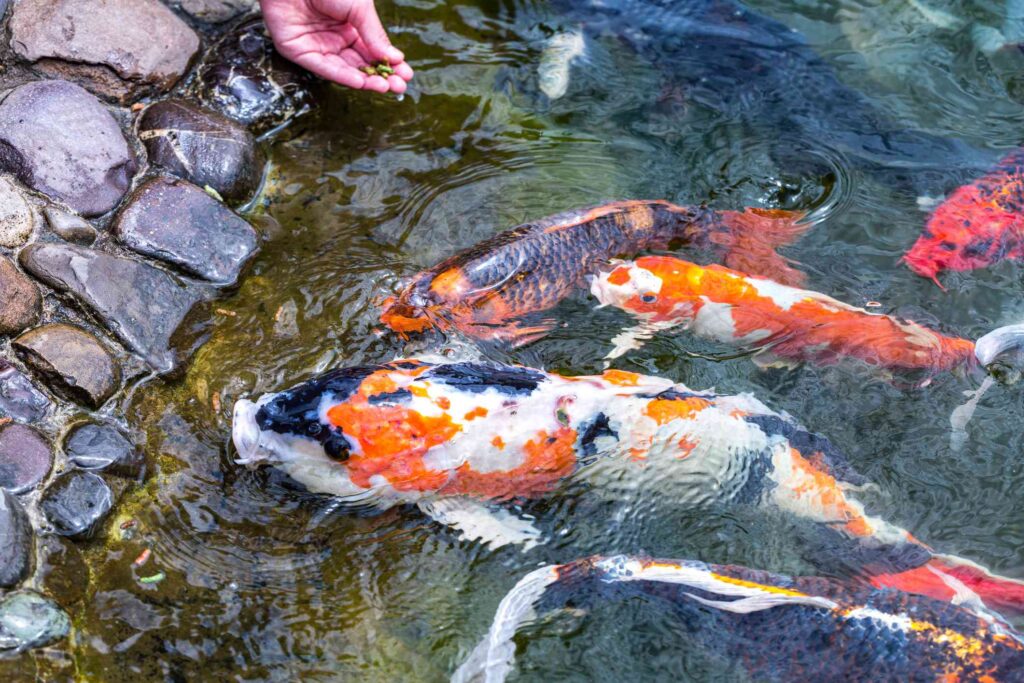
If you’re allergic to dogs and cats, fish can prove great pets for you, as they won’t come anywhere near you. Moreover, you don’t have to be on the lookout for appropriate pet behavior if you’ve furnished your humble abode with a fish pond full of Japanese koi fish.
However, according to the popular myth, pet fish don’t require as much veterinary care as traditional pets because they live a shorter life. To be honest, it’s just a MYTH, nothing more!
Fish need veterinary care as much as any traditional pets. To cater to the care expenses of your fish, you can either do it yourself or hire an insurance company to pay the bills for you. Now it’s up to you to decide which option suits you better!
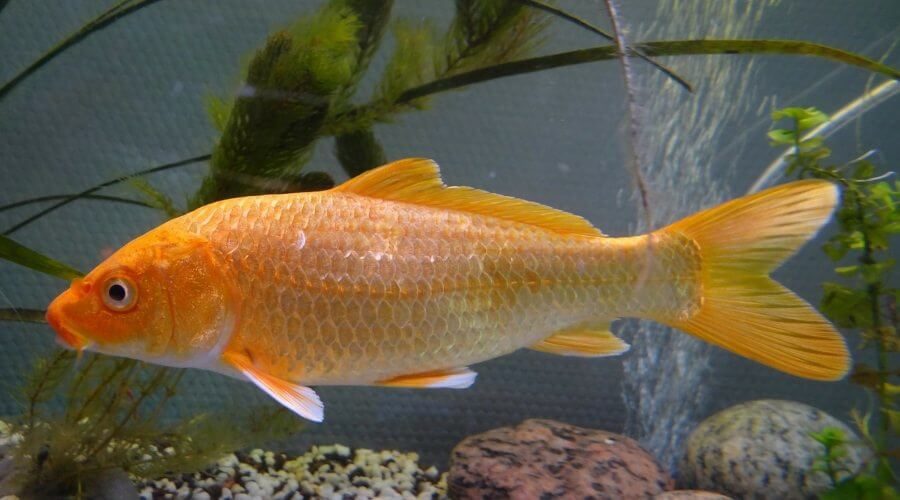
What are koi fish?
Koi fish are beautiful, colorful variants of ordinary carp fish. Though carp domestication is said to have started in China as early as the 4th century, contemporary Japanese koi are thought to have originated in early 19th-century Japan, where rice farmers captured, maintained, and bred wild, colorful carp. Koi now come in hundreds of various color variations.
Koi are omnivores, and they eat food from all depths of water. The Japanese koi are fed a floating pellet at the Kids’ Farm, but fish will also consume water, insects, algae, and plants.
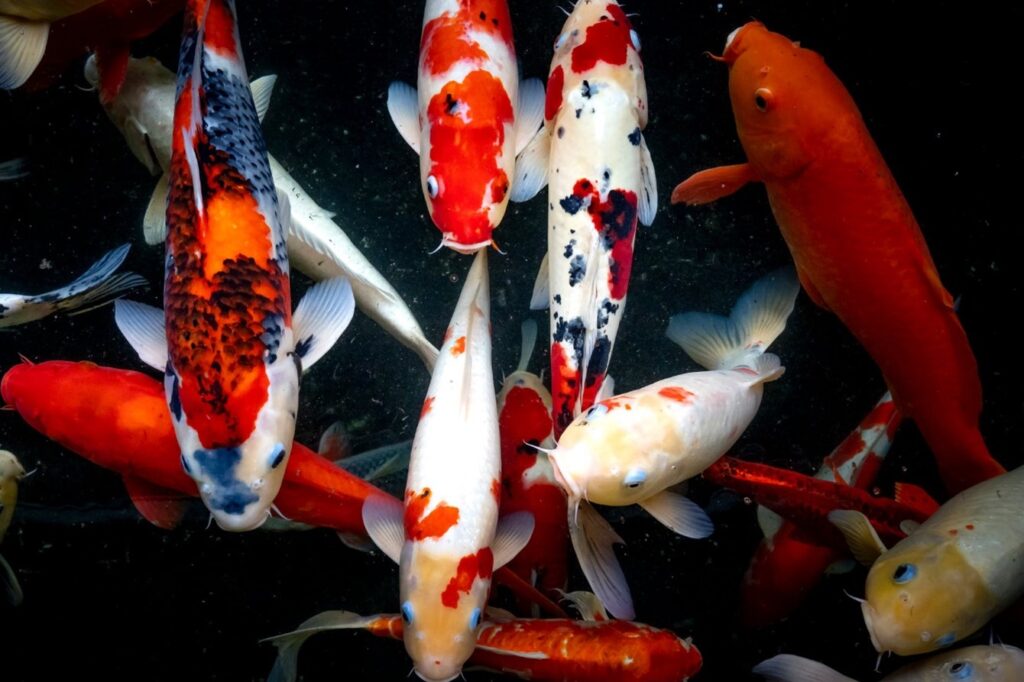
Health concerns to watch for while raising koi fish
If your koi fish has a fin that lies too close to the rest of its body, the chances are that your carp fish is in distress. This condition is known as having a ‘clamped fin’ and is the first sign of your koi fish being in pain. If you see your koi fish with a clamped fin, it’s time you take it to your veterinarian. If your koi fish are insured, your insurance company will cover the bills to get your koi fish treated.
If you see any irregular patterns in your koi’s movement, this too indicates that your koi fish is not well. If your koi wish is moving faster than usual, it may mean that your fish is injured, as fish in distress tend to move faster if they have damaged fins. If you see your fish gasping and struggling to breathe, it indicates that there’s a lack of oxygen saturation inside your koi pond.
Other things to watch out for are sores and discoloration of your fish’s skin. This might indicate that your fish has been in a fight or simply scraped itself against the walls of your koi pond. Nevertheless, it would be best if you took it to your veterinarian as soon as possible to save it from further agony and distress.
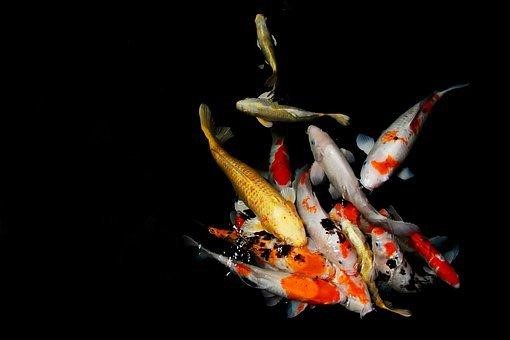
Does my homeowner’s insurance cover my koi pond?
How to Value Koi For Insurance Payout? Most home insurance policies do cover any kind of ponds that you may have on your property; this includes koi ponds. However, if you’re not sure whether your koi pond is covered in your home insurance policy or not, it’s time you go through the policy thoroughly.
A pond with koi would be handled similarly to a swimming pool. As a result, it will be subject to the same restrictions and limits.

What exactly is covered in koi pond insurance?
Liability
How to Value Koi For Insurance Payout? The most significant risk of loss posed by the existence of a Koi Pond is the possibility of damage to someone not in your family. For example, a kid falls in and drowns in your koi pond. This protection is most likely already included in your insurance without your knowledge. However, you should check this (and make a note of it) by calling your agent/company representative.
Koi Pond & Equipment Damage
Lightning and falling objects are two of the most prevalent forms of loss that will almost certainly be covered.
What is likely NOT covered in my koi pond insurance?
The following losses will not be covered in your homeowner’s insurance for koi ponds:
- Freezing and other pressure problems caused by snow and ice to your koi pond.
- Collapse of your koi pond.
- Damages caused by movement of the ground.
- Injury, death, or disease to your koi fish living inside your koi pond.
If your koi pond isn’t covered in your home insurance, you should add it to your insurance policy. It will most likely raise your insurance premiums, but it’s definitely worth every penny of yours. A home insurance policy wouldn’t typically cover your koi pond if you built one after purchasing your home insurance.

Water damage from floods is often not covered by most homeowner’s insurance policies. This includes flooding caused by rainstorms or a pond that has overflowed its banks. You’ll need separate flood insurance coverage to get this protection.
Flood insurance generally covers a large portion of the damage that floods bring to a house. It also frequently covers the expenses of replacing certain types of fixtures within the building.
You must invest in flood insurance if you own a pond or if one is located near your home. Consult your agent about your unique requirements. Discuss the actions you take to keep the pond in good shape. If you’re not sure how to accomplish it, it’s a good idea to consult a local professional to guarantee the pond’s design and water flow are correct. This can ensure that the house is not in jeopardy. The cost of insuring your home will be significantly higher if the pond is not adequately maintained.
As a home owner, flood insurance may be one of your most essential investments. If you own a pond or live near one, talk to your property insurance agent about whether you need this coverage.
A pond with koi would be handled similarly to a swimming pool. As a result, it will be subject to the same restrictions and limits.
Insuring koi fish and valuing them for an insurance payout
Typically, your koi fish won’t be covered by your homeowner’s insurance policy. The home insurance policy usually does not cover animals on your property, including any koi fish that you might have in your koi pond.
If you want to cover your koi fish against death, disease, and injury, it would be best to purchase an individual insurance policy specifically tailored to the koi fish you have in your koi pond. Fish insurance policies do exist; you just need to find the right one for yourself.
While going on the path to insure your koi fish, you must first find an insurance company that insures pets and any other animals you might have on your property. If you already have home insurance, ask your insurance company if there’s a separate policy available for koi fish. If they do, half of your work is done. They might issue you an individual policy specially catering to your koi fish, or extend your current homeowner’s insurance policy to include your koi fish. In both cases, your insurance company will ask you for an additional insurance premium to insure your koi fish.
However, if your current home insurers don’t offer animal insurance, it’s time to do your research on the insurance companies that will insure the koi fish in your pond against any loss (Google’s your friend here).
Valuing koi fish for an insurance payout
If you’ve bought an insurance policy to cover your koi fish, it will guard your pockets against theft, death, injury, and disease in your koi fish.

Disease and Injury
If your koi fish are insured, your insurance company will pay for any costs that you incur while getting your koi fish treated.
In case of disease and injury to your koi fish, you must take your koi fish to your veterinarian as soon as possible. Next, you must pay for the bills that you’ve paid to get your koi fish treated. Once you’re done with that, you need to keep the receipt in a safe place.
After that, you can file a claim with your koi fish insurance company for the amounts you’ve paid at that veterinary clinic. The receipt you received at the veterinarian will prove handy here. Once you’ve confirmed your expenses, you’ll get an insurance payout that is equivalent to the amount you paid at the clinic in the first place. That’s it, your amount is reimbursed, and you have your insurance company to thank for it!
Death and theft
Valuing your koi fish in case of death and theft for insurance payout is not as easy as with disease and injury to your koi. To file an insurance claim for your dead koi fish, it needs to be valued. Either your insurance company should have a specialist valuer, or you must prove the cost you initially bought your koi fish at to file an insurance claim for dead or stolen koi fish.
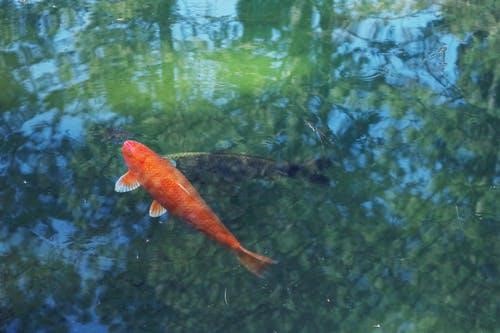
Valuing koi fish
Different breeds of koi fish are worth different amounts. In the end, it all comes down to:
The body shape of your koi fish
The general shape and condition of the koi or its conformation determine its value. Body form abnormalities should be absent in high-quality koi. The body must be symmetrical, balanced, and torpedo-shaped. Fins should be proportionate to the body and evenly spaced.
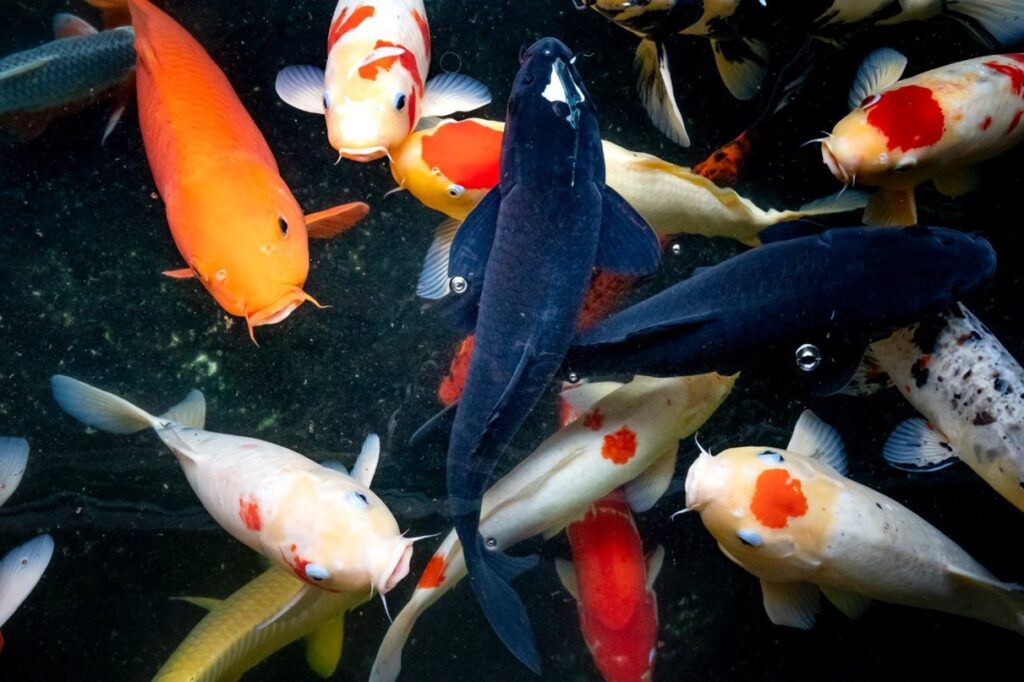
The color and pattern on your koi fish
Whether the koi are all white, all black, or highly patterned, breeders and judges seek intensity and purity of color. Color transitions should be well-defined and clear. Its saturation, uniformity determine the color’s quality and how effectively the hues are separated.
The pattern of the fish is less attractive without adequate color, and the value of the fish is reduced. The skin should be shiny and free from spots. Dark and distinct black marks, as though drawn with a fine brush, are required. The reds should be opaque and free of orange. Areas of pure white should be silky smooth and devoid of speckles. The colors’ edges should be sharp and free of fading.
Fish with crisp, clear pattern edges are prized by judges and breeders. The shape of the eyes and mouth and the symmetry of the head, shoulders, mid-section, tail, and pectoral fins are all considered.
From the nose to the tail, an ideal koi has an entirely straight line. The proportions of the body, head, and fins should all be kept in check. The distance between the head and the first ray of the dorsal fin should be 1/3 the distance between the dorsal fin and the tail. There should be no holes or indentations in the skull—the bigger, the better in terms of overall size.
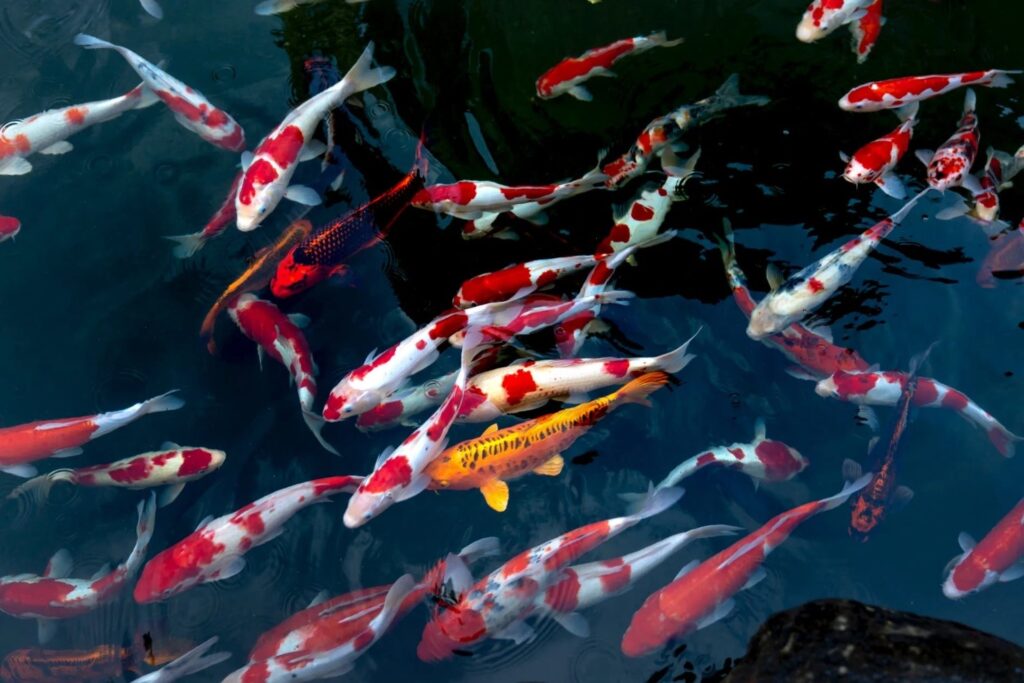
The beauty of your koi fish
The elegance with which the fish move is also an indication of a precious koi fish. Individual Koi that look to be in better health and vitality than others are given a higher rating when it comes to valuation.
Get your koi insured now!
Whether your homeowner’s insurance covers your koi fish or not, getting koi fish insurance is absolutely necessary to avoid hefty replacement costs and veterinary bills drilling huge holes into your pocket. So, if you haven’t insured your koi fish yet, now’s the time to do it!
FAQs
How much is a koi fish worth?
A healthy koi fish of approximately 5 inches in length costs roughly $20-$50. However, depending on the koi’s size and type, costs can range from $5 to well over $10,000.
What makes koi fish valuable?
According to their variety, the finest koi have a nice mix of colors and patterns. There are koi with light blue dots, huge red patches on their backs, and all-metallic gold. However, the most popular fish frequently boil down to these three types. They’re usually the most expensive.





